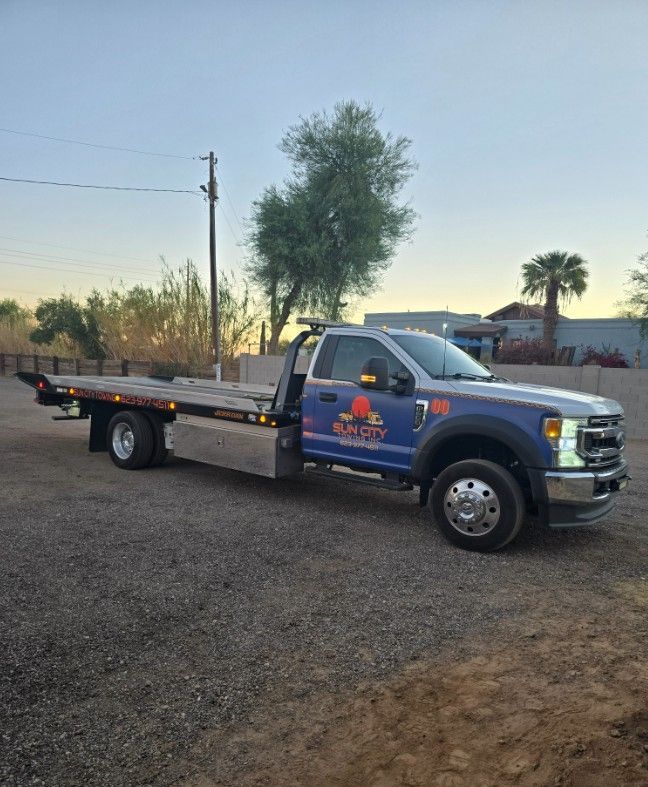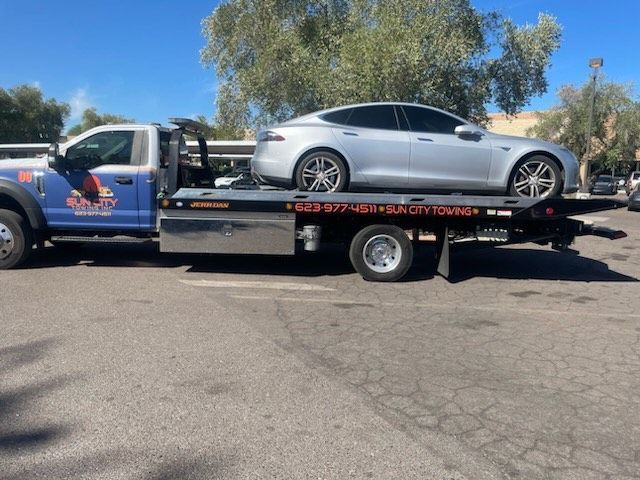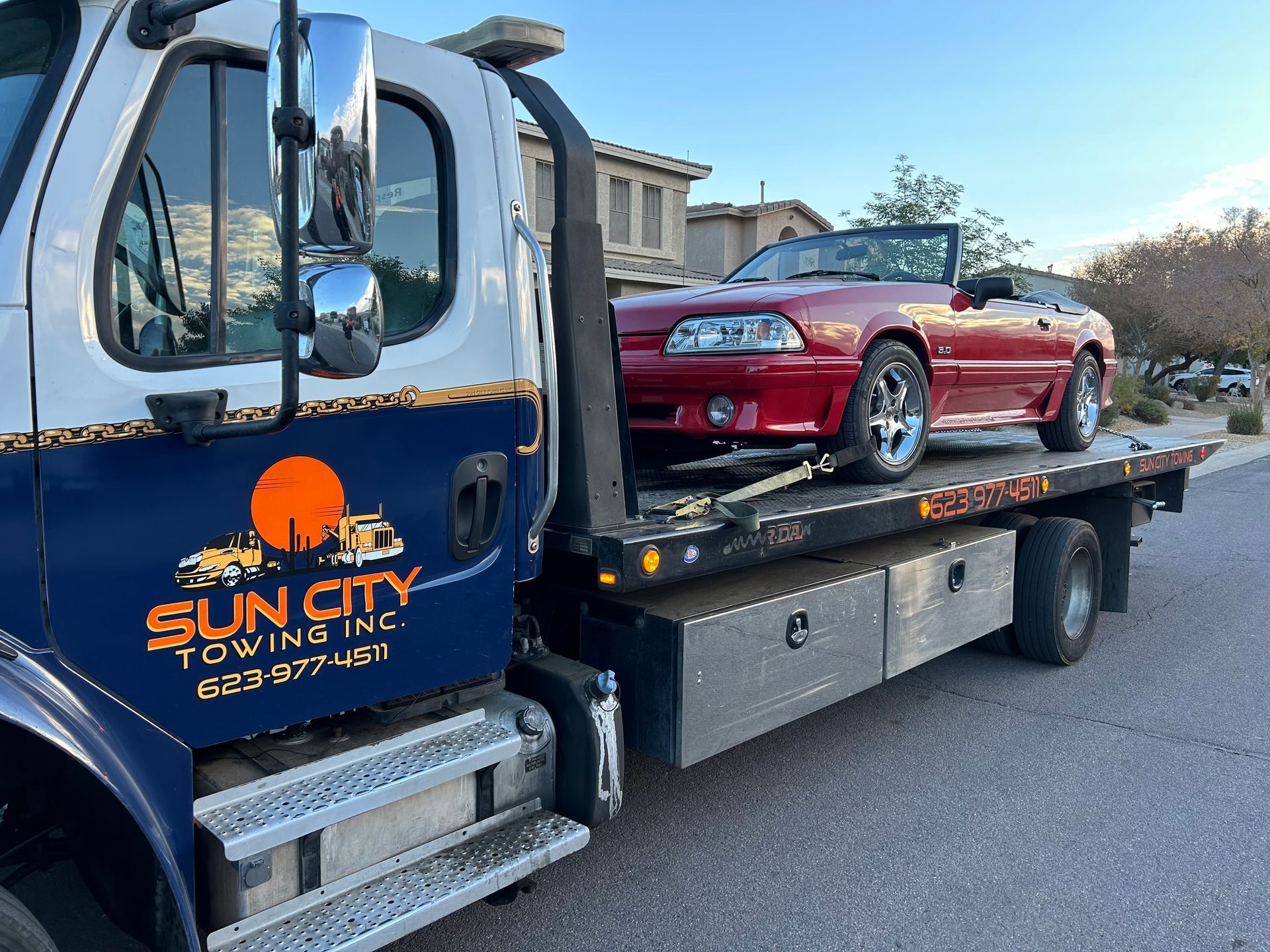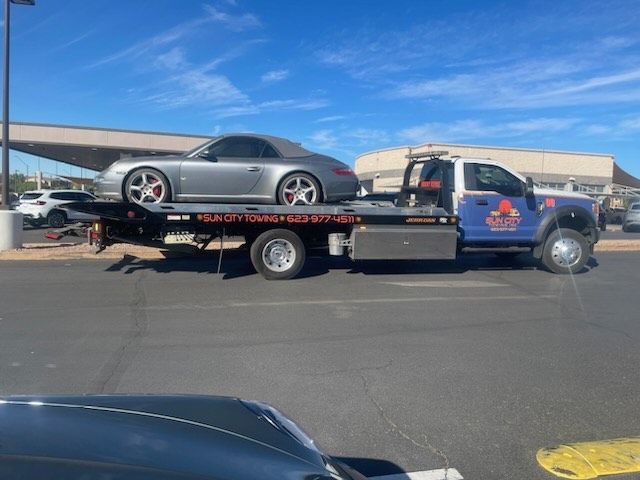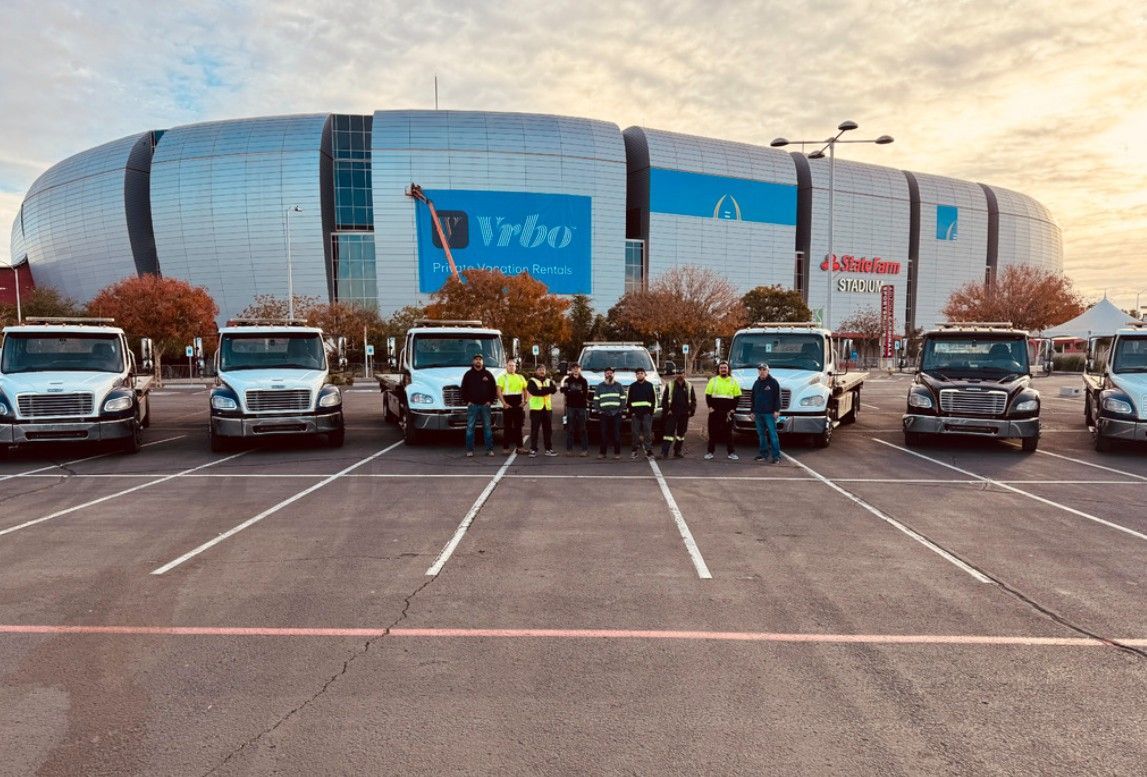Blog
Arizona Department of Public Safety Vehicle Release Requirements
If your vehicle has been impounded by the Arizona Department of Public Safety (DPS), it is important to understand the process for releasing it. Arizona Revised Statute (ARS) 28-4842 outlines the vehicle release requirements, and following these steps will help ensure a smooth and timely release of your vehicle. Below is a guide to help you navigate the process, including the documentation required, who can pick up the vehicle, and any associated fees.
ARS 28-4842: Understanding the Vehicle Release Process
Under ARS 28-4842, if your vehicle has been impounded by law enforcement, the owner, lienholder, or their authorized agent must meet specific requirements to secure the release of the vehicle. This can happen for various reasons, including being involved in a crime, being abandoned, or for traffic violations. The following steps outline what you need to know to recover your vehicle.
Vehicle Impound Reasons Under ARS 28-3511
A vehicle may be impounded for several reasons, including, but not limited to:
- Driving under the influence (DUI) violations.
- The driver is found operating a vehicle without a valid driver’s license or under suspension.
- The vehicle was involved in a crime.
- The vehicle was left abandoned on public or private property.
Vehicles impounded for any of the reasons above must go through a specific legal process for release.
Who Can Claim the Vehicle?
- Registered Owner: The primary party eligible to release the vehicle is the registered owner listed on the vehicle’s title.
- Lienholder: A lienholder has the legal right to claim the vehicle if there is an unpaid loan or financial obligation tied to it.
- Authorized Agent: If the owner or lienholder cannot be present, an authorized agent may retrieve the vehicle. In this case, a notarized power of attorney or authorization letter must be provided by the vehicle owner or lienholder.
- Rental Companies: If the impounded vehicle belongs to a rental company, an authorized representative from the company must provide documentation proving their ownership and compliance with all requirements.
Requirements for Releasing the Vehicle
To release a vehicle from impound, you must meet the following requirements:
- Proof of Ownership: The individual retrieving the vehicle must present a government-issued ID and provide documentation proving they are the registered owner or lienholder. Accepted documents include:
- The vehicle title.
- A current vehicle registration document.
- A notarized bill of sale (if the vehicle was recently purchased).
- Proof of Insurance: You must show proof that the vehicle is currently insured. This may include an insurance card, policy document, or digital proof of insurance.
- Payment of Fees: Impounded vehicles incur various fees that must be paid before release. These can include:
- Towing fees: The cost associated with towing the vehicle to the impound lot.
- Storage fees: The daily fee for keeping the vehicle in the impound lot. This fee typically starts from the first day the vehicle is impounded.
- Administrative fees: The DPS or other law enforcement agencies may charge administrative fees related to the impoundment and release process.
- Release Authorization: Depending on the reason for impoundment, additional documents may be required. For example, if your vehicle was impounded due to a DUI or driving without a license, you may need to provide proof that your license is reinstated or that legal requirements have been satisfied.
Vehicle Release for Suspended or Revoked License (Special Cases)
If your vehicle was impounded due to operating without a valid driver’s license, additional steps may be necessary:
- You will need to show proof of reinstatement from the Arizona Department of Motor Vehicles (DMV) before your vehicle can be released.
- If you are still unable to obtain a license, the vehicle may only be released to a licensed driver (e.g., a family member or someone with power of attorney) who can legally operate the vehicle.
Fees Associated with Vehicle Release
- Towing Fees: Fees vary depending on the distance your vehicle was towed and the circumstances of the impoundment.
- Storage Fees: The storage fees for impounded vehicles typically accumulate daily. It’s crucial to retrieve your vehicle as soon as possible to avoid incurring high costs.
- Administrative Fees: Some police departments and tow companies charge an administrative fee to cover the paperwork and management involved in processing the impound and release.
- Payment Methods: Impound lots typically accept cash, credit, or debit card payments. Be sure to verify the acceptable forms of payment with the tow yard before arriving.
Locations for Vehicle Release
The location for vehicle release will be at the tow yard where your vehicle is stored. Upon impoundment, the DPS will provide information regarding where the vehicle has been taken. You can contact the impound lot directly to inquire about visiting hours, payment methods, and the necessary documents you’ll need to bring for release.
Special Considerations for Rental or Leased Vehicles
For rental or leased vehicles, the company that owns the vehicle must provide proof of ownership along with any additional documents required to process the vehicle release. A representative from the rental company will typically be the only authorized party allowed to claim the vehicle in these cases.
How to Prevent Future Impoundments
To avoid future impoundments, consider the following tips:
- Ensure your driver’s license is always valid and up-to-date.
- Maintain current vehicle registration and insurance.
- Avoid illegal parking and ensure your vehicle complies with Arizona’s traffic laws.
Contact the Arizona Department of Public Safety
For more information on vehicle release requirements under ARS 28-4842 or to inquire about the status of your vehicle, you can contact the Arizona Department of Public Safety directly. Additionally, each tow yard may have specific guidelines regarding the vehicle release process, so be sure to verify details with them as well.
By understanding the vehicle release process and ensuring you have all necessary documentation, you can navigate the ARS 28-4842 requirements with ease and reclaim your vehicle as soon as possible.
All Rights Reserved | Sun City Towing Inc

